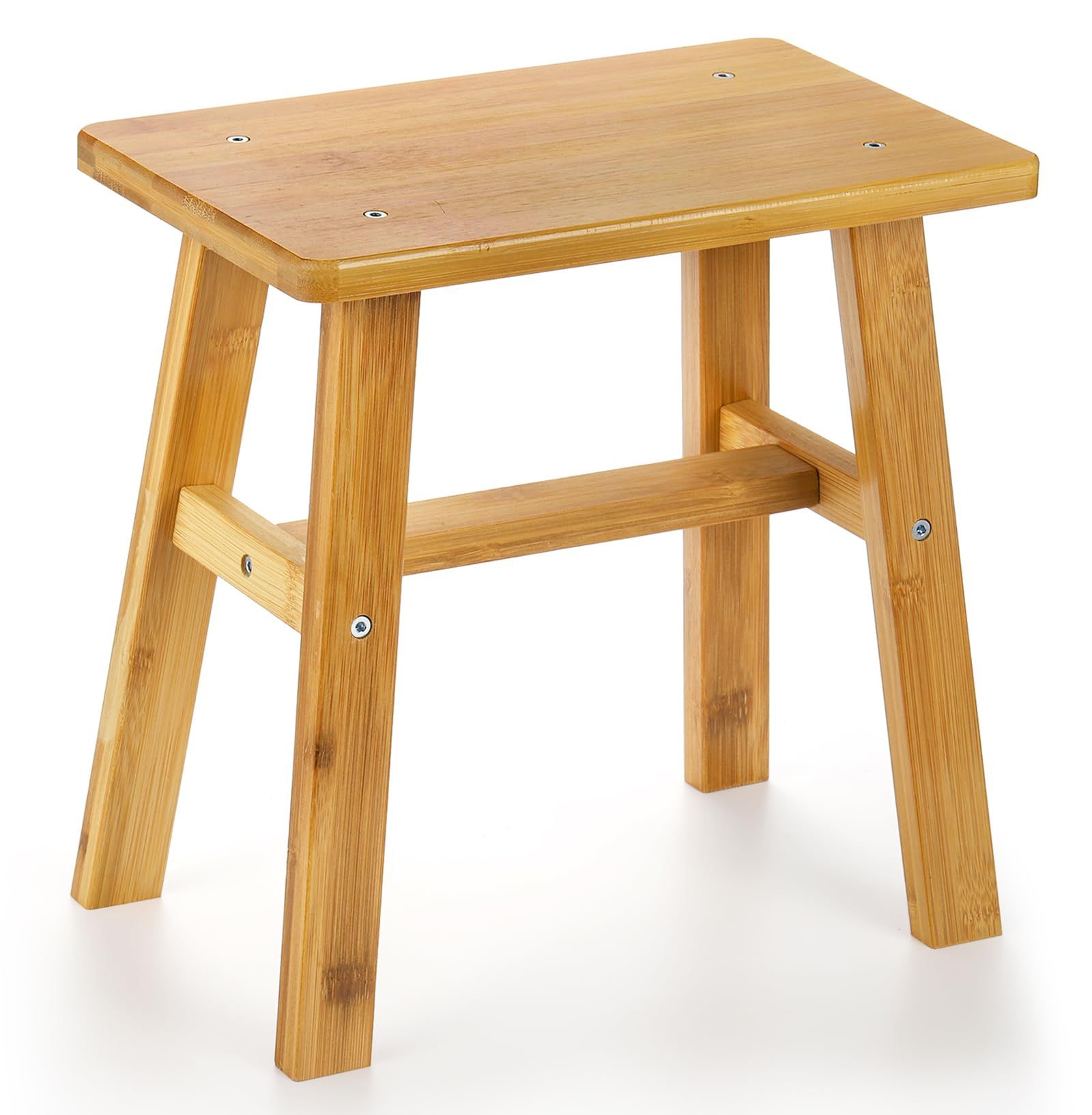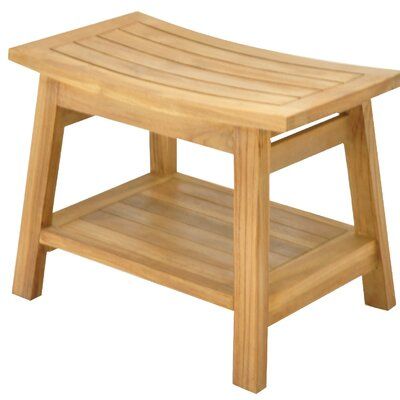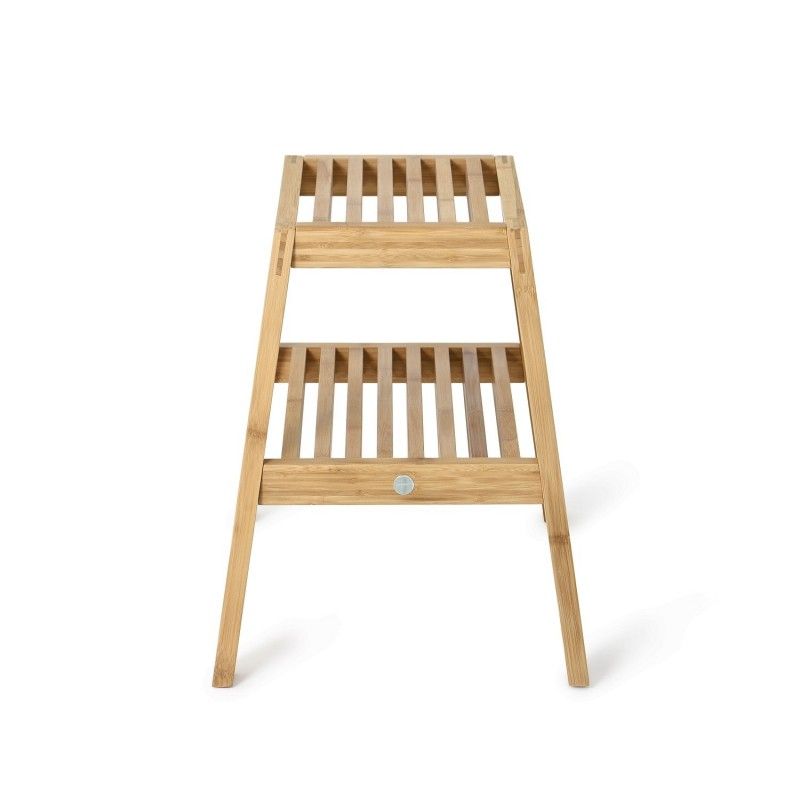Bamboo bathroom stools are gaining recognition as a sustainable and aesthetically pleasing option for bathrooms. Their natural beauty, coupled with the growing trend of eco-friendly materials, makes them a preferred choice among homeowners. However, given the humid nature of bathrooms, durability concerns arise for bamboo products, especially those frequently exposed to moisture.
1. Bamboo’s Natural Properties and Moisture Sensitivity
Bamboo is known for its strength and versatility, but it is naturally porous, which makes it susceptible to damage in highly humid environments. The moisture in bathrooms can cause bamboo to swell, warp, or even develop mold over time. While bamboo is more resistant to water compared to other woods, it is still vulnerable to long-term exposure to high humidity.
The structural integrity of bamboo stools is influenced by factors such as the type of bamboo used, the treatment process, and the maintenance it receives. Bamboo that is untreated or poorly treated for moisture resistance may be more prone to deterioration, affecting the stool’s longevity and functionality.
2. Treatment and Coating for Enhanced Durability
One of the most effective ways to improve the durability of bamboo bathroom stools is through treatment and proper coating. Bamboo stools designed specifically for bathroom use typically undergo a sealing process that helps protect them from moisture damage. A high-quality water-resistant finish, such as a polyurethane or varnish coating, can significantly extend the life of bamboo products by reducing water absorption and preventing the growth of mold or mildew.
Additionally, manufacturers are increasingly using heat treatment methods to enhance bamboo’s natural resistance to moisture and pests. Heat-treated bamboo is more durable and less likely to warp or crack under humid conditions, making it a suitable option for bathroom furniture.
3. Maintenance Practices for Bamboo Bathroom Stools
To ensure the longevity of bamboo stools in humid environments, regular maintenance is essential. After each use, wiping down the stool to remove excess moisture is a simple yet effective way to prevent water damage. Occasional reapplication of protective coatings can help maintain the stool’s resistance to humidity and wear.
Using bamboo stools in well-ventilated areas, away from direct water exposure, can also mitigate the risks associated with humidity. For example, placing the stool in a dry corner or on a bath mat can help reduce the likelihood of prolonged contact with water.
4. Sustainability and Eco-Friendly Benefits
Bamboo is a sustainable and renewable resource, making bamboo bathroom stools an eco-friendly alternative to traditional wooden furniture. Bamboo grows quickly, requires minimal water, and is biodegradable, offering a greener option for homeowners looking to reduce their environmental impact. By investing in well-maintained bamboo stools, consumers can enjoy a balance of functionality, aesthetics, and sustainability.
Bamboo bathroom stools offer a stylish and environmentally conscious solution for bathroom furnishings. However, their performance in humid environments depends on several factors, including the treatment process and ongoing maintenance. By choosing high-quality, moisture-resistant bamboo stools and following proper care guidelines, homeowners can ensure the durability and longevity of these eco-friendly bathroom essentials.
Post time: Dec-23-2024








